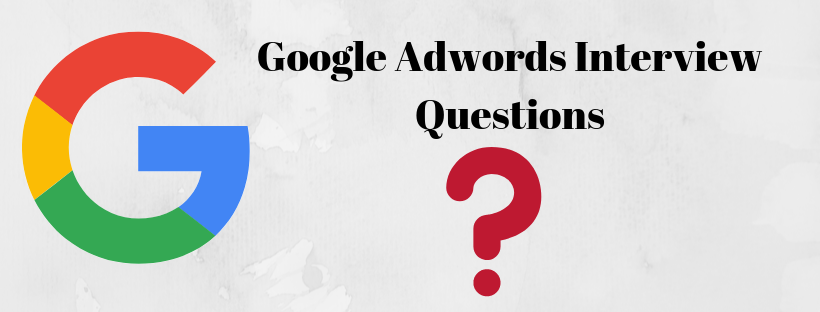Avoid these 10 detrimental mistakes that can derail your website’s SEO success. Identify and resolve them promptly.
The demands on SEO are growing every day, and so are the opportunities in the field. The SEO market is predicted to reach $1.6 billion by 2027, showcasing its expanding size and potential.
Over the years, SEO has transformed from a siloed practice to a crucial revenue channel. It is now integrated into content marketing practices and overall digital strategies, highlighting its importance in the digital landscape.
SEO is unique due to its ever-changing nature. Marketers must navigate shifting marketing conditions, search engine updates, and evolving customer priorities. This constant evolution leads to SEO methods that are always adapting to changes in search engine algorithms and consumer behavior.
Staying on top of the most successful optimization techniques is never easy. When done incorrectly, recovering can be difficult and even more time-consuming.
Here are some common SEO mistakes with tips on how to avoid them.
Mistake 1: Not Knowing your Target Audience
- Understand the market where your consumers buy and identify macro trends.
- Use both historical and real-time data to track changes in consumer behavior.
- Align consumer intent findings with your keyword strategy.
- Utilize Google keyword planning tools and other vendor tools available to you.
Mistake 2: Not Having an SEO Plan & Proper Roadmap
Understanding your audience is pointless if you don’t take strategic actions to capitalize on that knowledge.
Many organizations, from large enterprises to small businesses, struggle to develop and implement an effective SEO strategy. Building a solid SEO strategy and roadmap is crucial for success, but many plans fail because they rely on multiple stakeholders, including website, PR, content, product, IT, and engineering teams.
- Evaluate your competition, including their rankings, keywords, content, and performance.
- Break down actions into tasks and establish goals and key stakeholders.
- Define roles for content creation, site updates, digital alignment, and SEO advocacy.
- Look for tools and platforms that can assist with workflow and strategy implementation.



